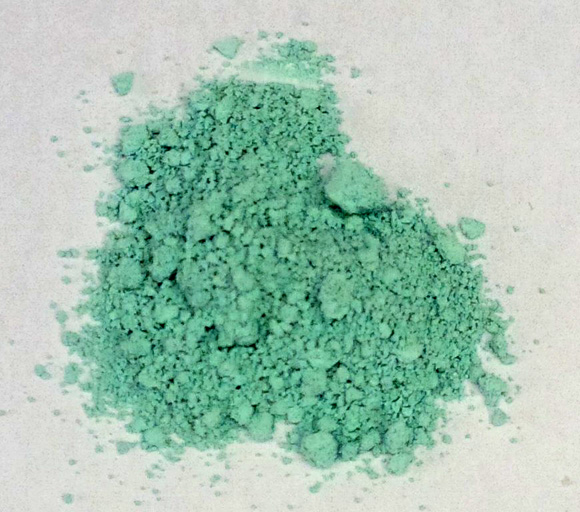Copper oxide is a compound produced by the two elements – copper and oxygen. There are three forms of copper oxides – Copper (I) oxide, Copper (II) oxide, and Copper (III) oxide. Copper (I) and Copper (II) are the most common forms of copper oxide. It is when oxygen is combined with copper in a different process.
Copper (I) oxide is a reddish powder while Copper (II) oxide is a black powder. These compounds happen when minerals are in the form of crystals. Both of these copper oxide forms are used to pigmentation process.
Copper Oxide Usage
The I, II, and III in copper oxide only represents the number of the electrons in which a metal has been given when the copper oxide is brought into the premises of the metal.
Below are the following uses of copper oxide:
- Building copper-based structures: These elements will gradually change its color due to oxidation.
- Solar Panels: It can produce photoelectric cells in solar panels which is due to efficient electrical conductivity properties.
- Agricultural: Copper oxide is used to remove fungicides and pesticides on the farm for better agricultural products.
Copper oxide can also cause symptoms like flu and shortness of breath if ingested by a person.
 Copper Oxide Benefits
Copper Oxide Benefits
It is also used as the source of copper in minerals and vitamin supplements. Some copper oxide properties are considered safe for a human to ingest. It can also be used as part of medical devices, as well as in industrial and consumer products and goods.
In addition, current laboratories have reviewed the safety aspects of the usage of copper oxide in other products which has the use to touch the open and closed skin of a human’s body. Moreover, copper oxide products have been tested in several clinical trials and have been found to be safe to use, non-irritating, non-sensitizing, and has no adverse reaction with the contact of both intact and broken epidermis





